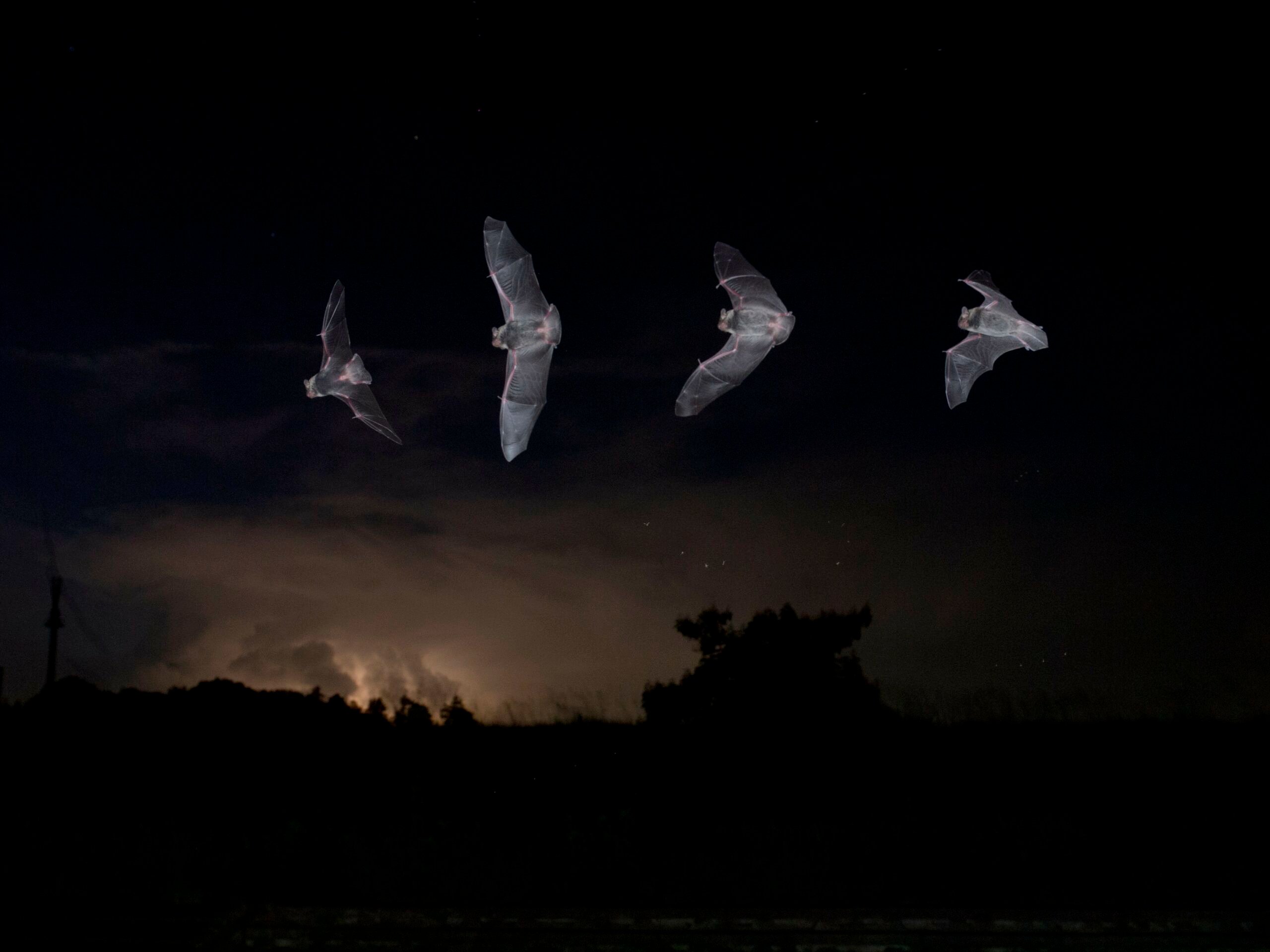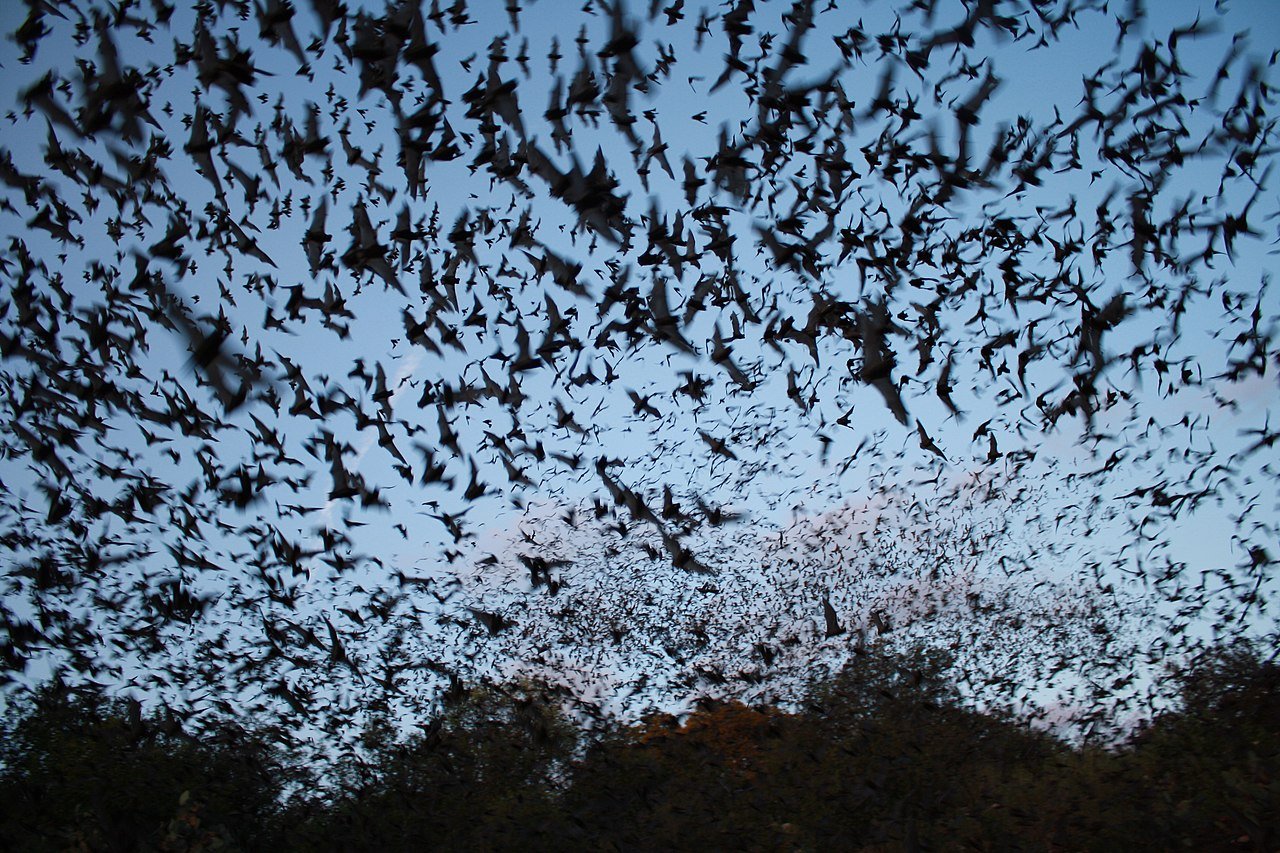
Bat Week: Shedding (Some) Light on Bats

In celebration of Bat Week, we have teamed up with Bat Conservation International (BCI) to learn about bats. This article was created in collaboration with BCI and written by Dr. Kristen Lear, Endangered Species Interventions Specialist at Bat Conservation International.
Have you ever seen bats flitting around your yard in the evening, getting a start on their “day”? With Bat Week in full swing, it’s time to shed some light on these mysterious creatures of the night!

Creatures of the Night
Bats are the only true flying mammal. While the name may suggest otherwise, flying squirrels don’t actually fly; they glide! Bats, on the other hand, generate lift by flapping their wings. Some drones have even been developed based on bat wings and flight!
There are over 1400 known species of bats worldwide. They are found on every continent except Antarctica and live in many different habitats. In fact, bats are found in forests, deserts, prairies, cities, and even cold places like Alaska and Siberia! Not all bat species roost in caves. Some roost in tree hollows; some hang from tree branches and leaves; others roost in tight crevices in rocks and even human-made structures like buildings and bridges! The U.S. is home to the largest colony of bats in the entire world: Bat Conservation International’s Bracken Cave near San Antonio, Texas, holds a whopping 20 million Mexican free-tailed bats (Tadarida brasiliensis)!
Bats bring us some of the things we enjoy every day; they pollinate bananas, chocolate, tequila, and many other foods. Additionally, fruit bats help cultivate beautiful rainforests by dispersing the seeds of fruit trees. Also, insect-eating bats facilitate insect-free evenings outside and pest-free crops during their nightly feedings.

How You Can Help Bats
If you want to help bats, consider creating a bat habitat in your yard, park, or school. For instance, plant a “bat garden” with native, night-blooming flowers to attract nocturnal insects that insect-eating bats can dine on! If you live in the southern parts of California, Arizona, New Mexico, or Texas, you can plant large flowering plants like agaves and saguaros. These plants provide sweet nectar for pollinating bats. Creating a pond or other water source to provide the bats with something to drink. Additionally, you can put up a bat house to provide a safe roosting site for bats.
Also, consider the lighting near your bat habitat. While some species like Big brown bats (Eptesicus fuscus) and Eastern red bats (Lasiurus borealis) are known to forage for insects flying near lights at night, other slower-flying species are light-shy. As a result, they may change their behavior to avoid lights. Bat Conservation International and The International Dark-Sky Association are working together to promote nocturnal wildlife-friendly lighting practices and bat-friendly cities to keep our night skies safe for bats.


















